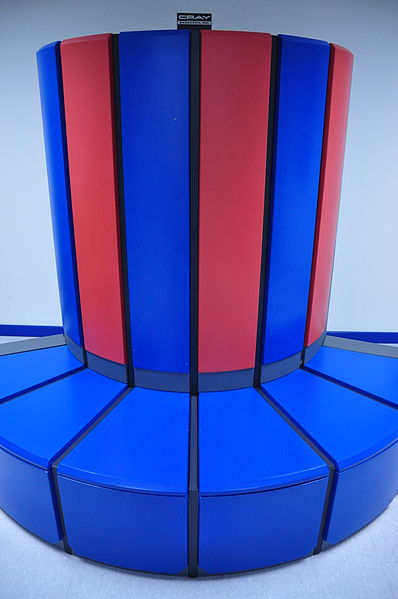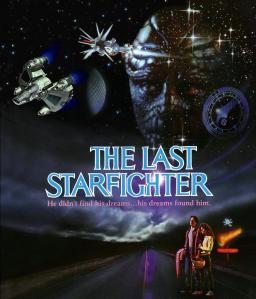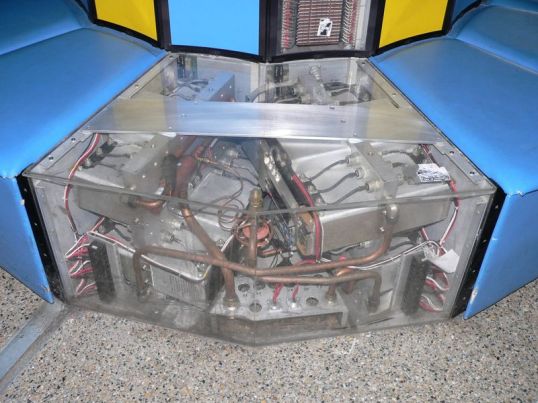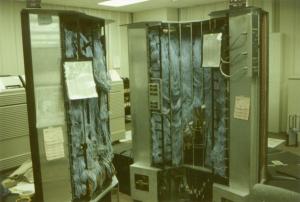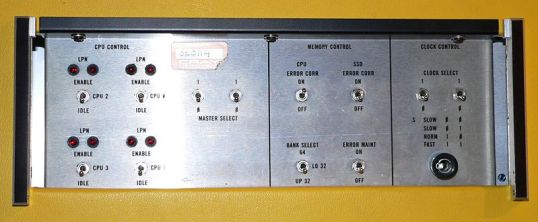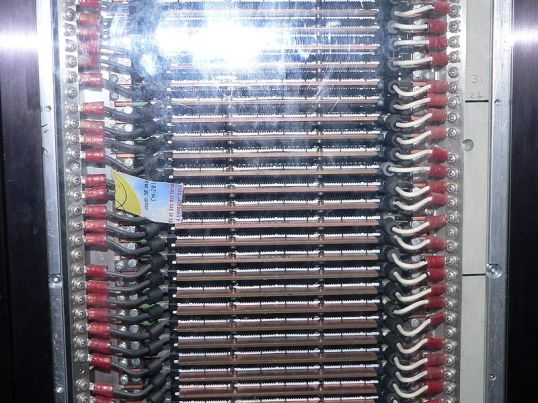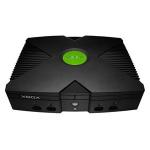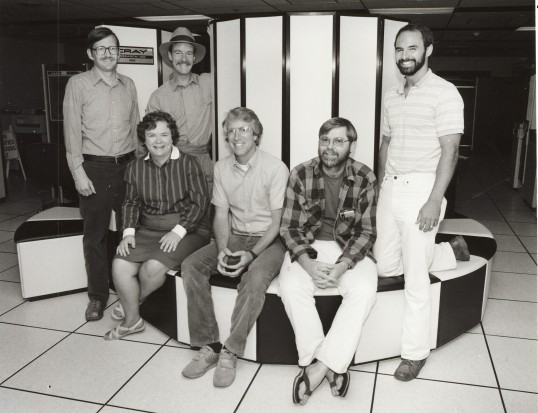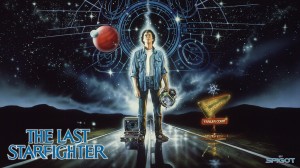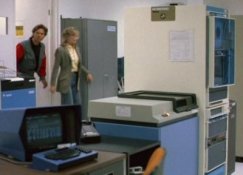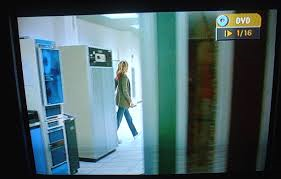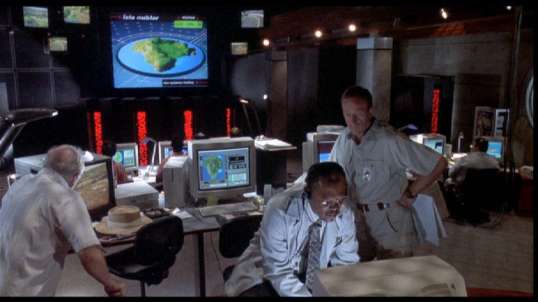CRAY vs. Xbox
December 4, 1985: CRAY X-MP Supercomputer Begins Operation
On this day in 1985 the Cray X-MP/48 Supercomputer begins operation in the San Diego Supercomputer Center in California. The $15 million dollar supercomputer could process 400 megaflops (200 per processor). It was a shared-memory parallel vector processor and supported 2 or 4 million 64-bit words of main memory in 16 or 32 banks.
Movies such as “the Last Starfighter” were rendered using the Cray Supercomputer
The Cray X-MP was designed, built and sold by Cray Research. It was announced in  1982 as the “cleaned up” successor to the 1975 Cray-1, and was the world’s fastest computer from 1983 to 1985. The principal designer was Steve Chen.
1982 as the “cleaned up” successor to the 1975 Cray-1, and was the world’s fastest computer from 1983 to 1985. The principal designer was Steve Chen.
A 1984 X-MP/48 cost about $15 million plus the cost of disks. In 1985 Bell Labs purchased a Cray X-MP/24 for $10.5 million along with eight DD-49 1.2 GB drives for an additional $1 million. They received $1.5 million of trade-in credit for their Cray-1.
Today, that Cray X-MP would set you back over $20 million and would barely be able to run Windows Vista. Even a low-end laptop today has more power than that machine.
Fun Fact:
The Cray X-MP super computer is comparable in power to the original Xbox.
A supercomputer like the Cray was designed as a number cruncher. Crays were vector processors, meaning that they took large numbers of data and performed operations on them. This made them very good for number crunching, but not so good for more general tasks.
A modern top of the line desktop PC can outperform a Cray of 20 years ago in things like handling multiple users and serving files and that sort of thing. If you are doing number intensive calculations like the air flow around the space shuttle (one of the tasks a Cray actually did) the Cray might still outperform the desktop PC depending on the PC’s setup.
Basically, you can have a “Cray light” sitting on your desk doing almost the same calculations and performance of a supercomputer of a couple of decades ago.
The special effects for “The Last Starfighter” (a movie from 1984) were rendered on a Cray X-MP supercomputer. You can get better graphics in most desktop PC games these days, and the latter are in real time.
In Popular Culture
- The parallel-processor nature of the X-MP is used in Tom Clancy’s novel, The Hunt for Red October, when ‘Skip’ Tyler uses the USAF’s X-MP machine to work out the performance and sonic characteristics of the October for Jack Ryan on behalf of the CIA.
- The film Tron, a Cray X-MP can be briefly seen in the foreground in the scene with Flynn & Lori en route to her work station. Also the Cray X-MP is cited in the ending credits of the film as “Supercomputer”.
- The film The Last Starfighter depended heavily on high polygon count (for the time) models with complex lighting effects, the rendering of which was made possible by the use of the X-MP.
- In Michael Crichton’s novel Jurassic Park, three Cray X-MPs provide the park’s computing power.
- In Jurassic Park: Trespasser, two Cray X-MPs are featured as the supercomputers supporting Site B.
- In M. Ann Jacoby’s novel Life after Genius, the main character uses the X-MP at Bell Labs in New Jersey to calculate 1.5 billion zeros of the Riemann zeta-function.
- The Cray X-MP was used for one of the first Pixar short films, “The Adventures of André and Wally B.”, in 1984. Special thanks is given to Cray Research in the short’s credits for use of the machine.
